Turn on the tap and fill a glass with crystal-clear water—you might not think twice about taking that first refreshing sip. If you’re one of the lucky people who can do this safely, you’re part of a pretty exclusive club. Over 40% of the world’s population doesn’t have access to safe drinking water straight from the tap, though some countries have mastered the art of delivering pristine H2O directly to your kitchen sink.
These nations have invested heavily in water infrastructure, strict quality controls, and smart environmental protection to ensure every drop meets the highest safety standards. From glacial springs in Nordic countries to advanced treatment facilities in urban centers—the countries on this list prove that safe tap water isn’t just a luxury.
It’s an achievable goal. Here is a list of 17 countries where you can confidently drink straight from the tap without worry.
Switzerland
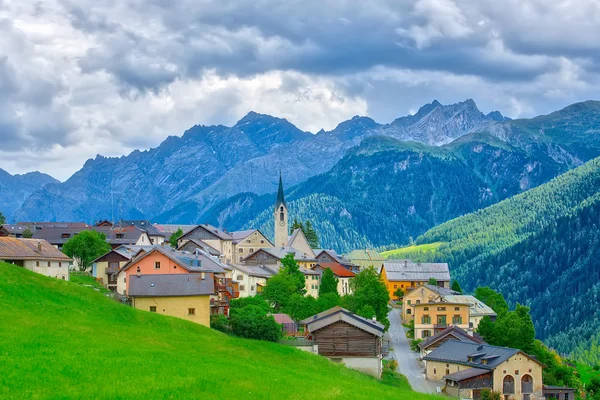
Switzerland consistently ranks at the top for the world’s cleanest drinking water, and there’s good reason for this reputation. About 40% of Swiss drinking water flows directly from natural springs—another 40% comes from pristine groundwater, while the remaining 20% is sourced from crystal-clear mountain lakes. Here’s what’s remarkable: half of the water reaching Swiss taps hasn’t been treated at all. No chemical aftertaste—just clean, natural refreshment.
The Swiss government has implemented strict environmental protections over the past three decades, including banning phosphates in laundry detergents and promoting sustainable farming practices that minimize fertilizer and pesticide runoff.
Iceland
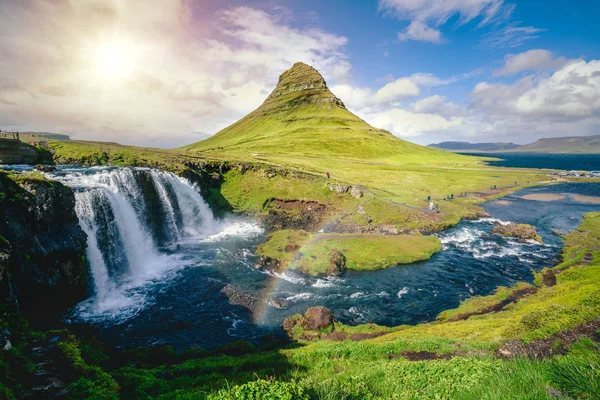
Up to 95% of Iceland’s drinking water comes from abundant groundwater reservoirs that are perfectly safe for drinking without any treatment. The island’s unique geography—with massive glaciers like Vatnajökull covering 8% of the country—creates an endless supply of ultra-pure water. Iceland’s pristine natural resources, including glacial melt, make the tap water exceptionally pure and contaminant-free.
What makes Icelandic water even more notable is that it’s typically not treated with chlorine. The water is naturally so clean that minimal processing is needed, which is why many countries actually import bottled water from Iceland.
Like Travel Pug’s content? Follow us on MSN.
Norway
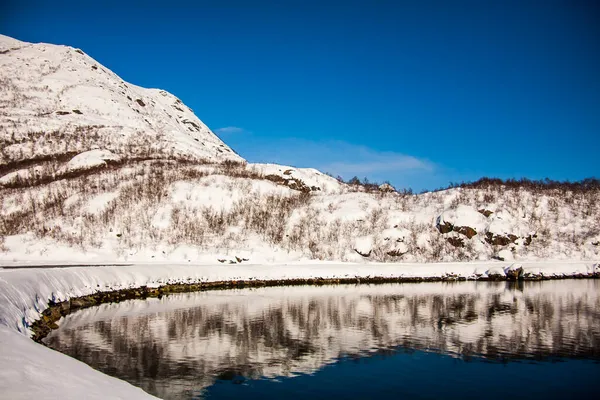
Norway sources 377 billion cubic meters of water annually from lakes, glaciers, ponds, streams, and groundwater. The country’s vast wilderness areas remain largely untouched by industrial pollution—creating perfect conditions for naturally clean water sources.
Norwegians benefit from an abundance of clean, fresh water from lakes and rivers, with tap water treated to meet stringent safety standards. Most Norwegian water comes straight from clean mountain streams, so when it flows from your tap, it’s cold, crisp, and fresh. The government uses advanced UV treatment methods rather than heavy chlorination, which means the water tastes as good as it is safe.
Denmark
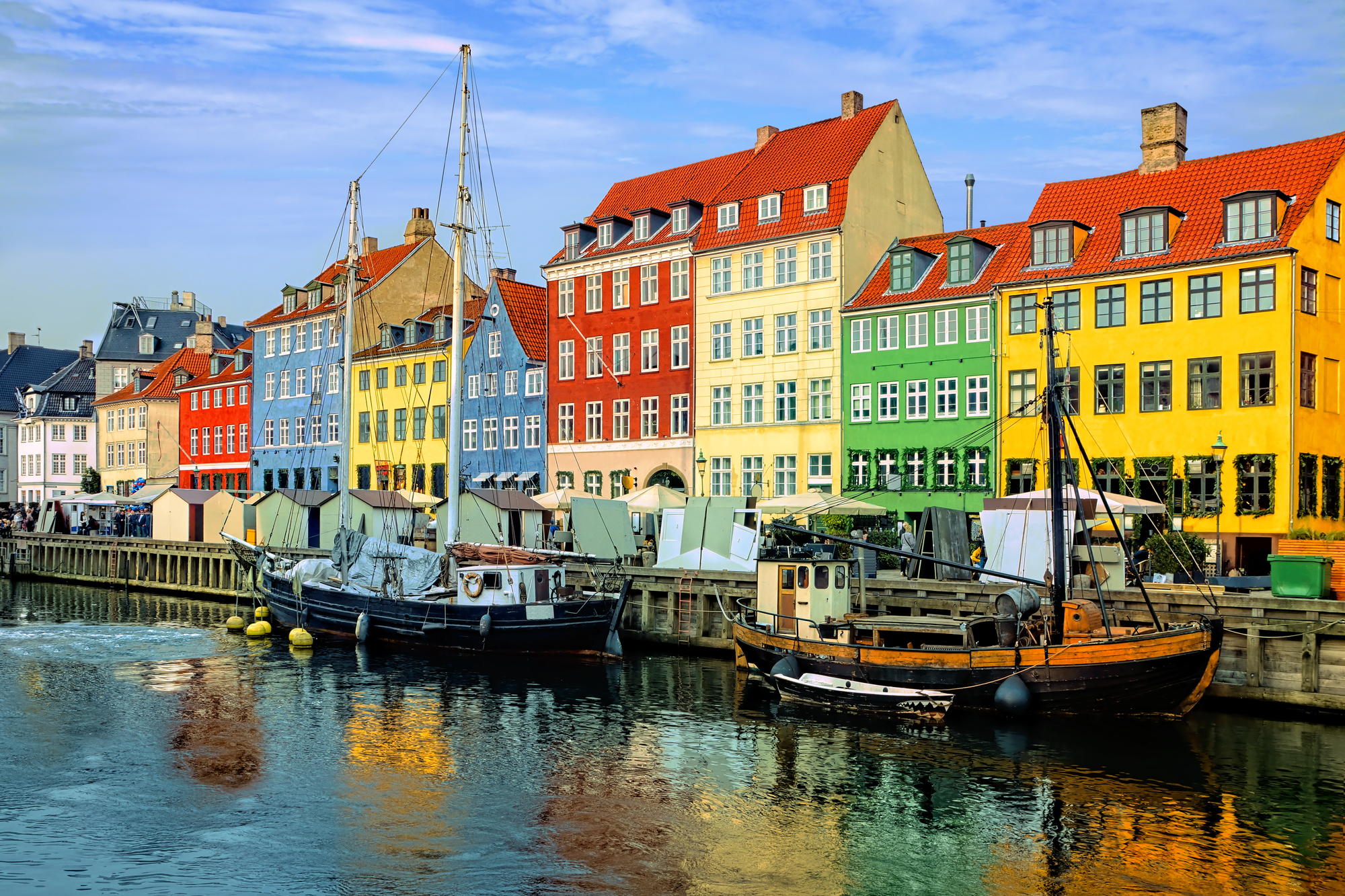
Denmark’s groundwater is strictly protected and generally doesn’t need any chemical treatment—it only undergoes filtration and aeration before reaching consumers. The country sources its water from deep underground reservoirs where it’s naturally protected from surface contaminants.
The Mayor of Technical and Environmental Affairs Morten Kabell says that Danish tap water exceeds the quality and taste of any bottled water. Denmark’s flat landscape might not look as dramatic as Switzerland’s Alps, though those underground aquifers have been naturally filtering water for thousands of years. The result? Some of Europe’s most consistently high-quality tap water.
Austria
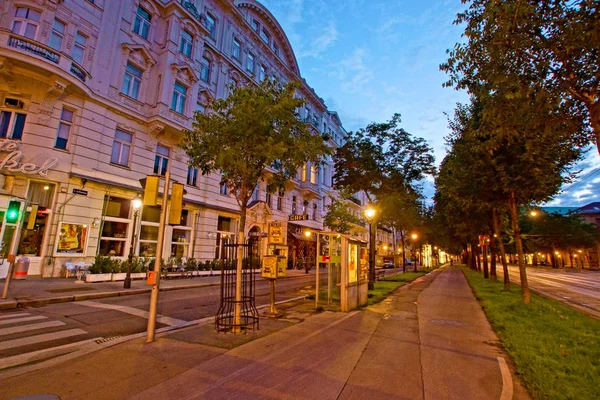
Austria is known for its fresh Alpine water and boasts some of the best-tasting tap water in the world—water coming straight from the Alps with minimal treatment. The country’s mountainous terrain provides an ideal natural filtration system as water percolates through layers of rock and soil.
Austrian cities like Vienna are so confident in their water quality that you can drink safely from public street fountains scattered throughout the city. The water undergoes very little chemical treatment because the natural Alpine sources are already so pure. It’s like having a mountain spring delivered directly to your home.
Like Travel Pug’s content? Follow us on MSN.
Finland
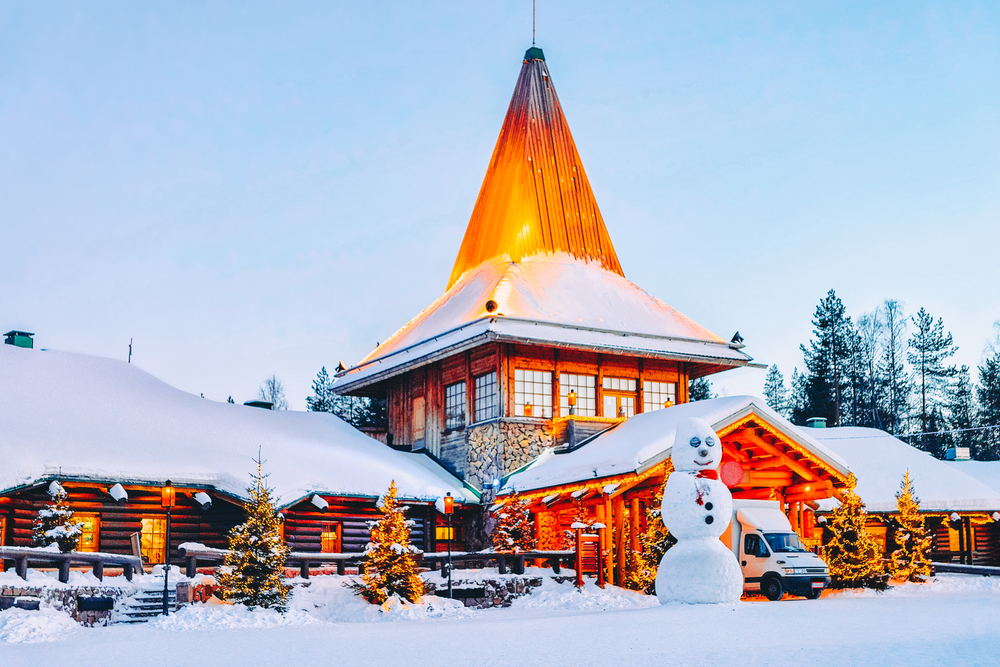
Finland actually had a major water problem until about 30 years ago due to factory residues polluting lakes and rivers—but following a concerted effort to stop water contamination, Finland now has some of the world’s cleanest water. Finland ranks among the highest globally for water cleanliness, according to the Environmental Performance Index. The country’s thousands of pristine lakes and strict environmental regulations have created a water system that rivals any in the world.
Finnish water comes from unpolluted lakes and undergoes careful treatment for safety, yet the natural sources are so clean that minimal processing is required. It’s a remarkable environmental success story that shows how countries can turn around their water quality with dedication and smart policies.
Sweden
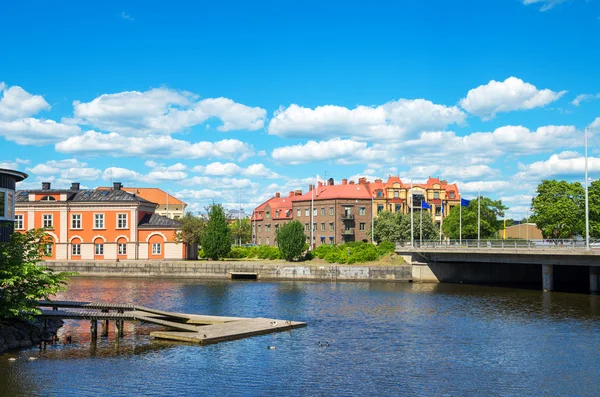
Sweden is renowned for its pristine and unpolluted reputation—with tap water that’s completely safe to drink and often surpasses the quality of bottled water. The country’s abundant lakes and streams provide an exceptional source of water, while advanced treatment facilities ensure consistent quality nationwide. Sweden stands out in the Western world with its exceptional cleanliness and exceptionally high-quality drinking water.
Swedish water systems are designed to handle the country’s long winters and varying seasonal conditions—maintaining excellent quality year-round. The minimal bacterial presence, particularly in urban areas, makes Swedish tap water a model for other nations to follow.
Germany
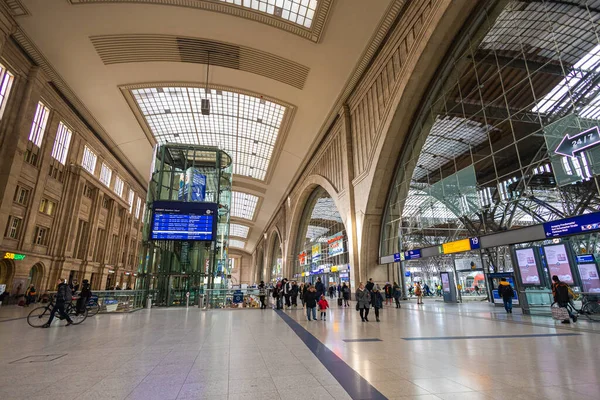
Tap water is the most controlled food or beverage in Germany—so it’s no surprise that it made this list. The quality equals or surpasses mineral water in both safety and often taste. About 70% of Germany’s drinking water comes from groundwater or natural springs, with the remainder sourced from carefully managed surface water.
The country’s rigorous testing protocols and advanced treatment facilities ensure that every glass meets strict European Union standards. German water utilities conduct thousands of quality tests annually—making tap water one of the most monitored consumables in the entire country. This attention to detail has created a water system that residents and visitors can trust completely.
Like Travel Pug’s content? Follow us on MSN.
Netherlands
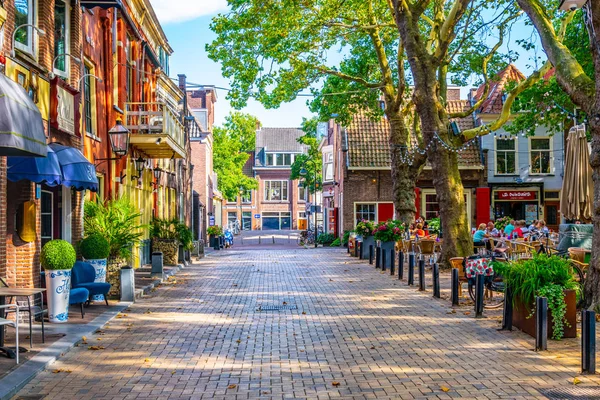
The drinking water quality in the Netherlands is exceptional—with 58% coming from groundwater, 41% from lakes and rivers, and 1% from natural sand dune water. Despite being a low-lying country with complex water management challenges, the Dutch have developed one of the world’s most sophisticated water treatment systems. Here’s what’s interesting: the Dutch are one of the few nations in the world that don’t treat their drinking water with chlorine.
Their water undergoes multiple purification steps, including sand filtration, UV treatment, and filtration through special membranes. This multistep approach removes the need for heavy chemical treatment while ensuring absolute safety. The Netherlands proves that even countries without dramatic mountain springs can achieve world-class water quality through smart engineering.
United Kingdom
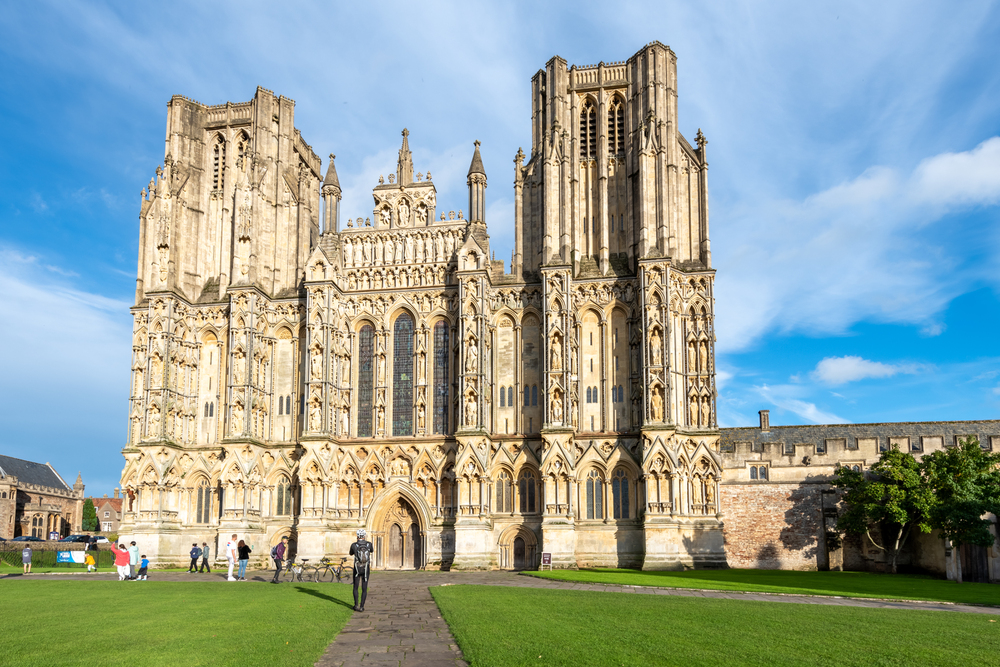
According to the 2022 Environmental Performance Index, the United Kingdom is among just six countries worldwide that have achieved the highest achievable score. Despite its reputation for rainy weather, the UK has turned that precipitation into an advantage by developing excellent water collection and treatment systems.
British water utilities maintain some of the world’s strictest quality standards, with regular testing and monitoring throughout the distribution system. The combination of abundant natural water sources and advanced treatment technology means that tap water across England, Scotland, Wales, and Northern Ireland meets or exceeds international safety standards. Even London’s tap water, despite coming from the Thames, undergoes such thorough treatment that it’s perfectly safe and tastes great.
Luxembourg

In Luxembourg, tap water is closely monitored with local municipalities and trade unions conducting over 6,500 tests on the water each year to ensure its quality. About 66% of the water comes from groundwater sources, while the remaining third is obtained from treated surface water. This extensive testing means you can enjoy tap water directly without worrying about filtering or boiling it.
For such a small country, Luxembourg punches above its weight in water quality management. The government takes water safety so seriously that they’ve created one of the most comprehensive testing regimes in Europe, ensuring that residents and visitors can drink with complete confidence.
Like Travel Pug’s content? Follow us on MSN.
New Zealand
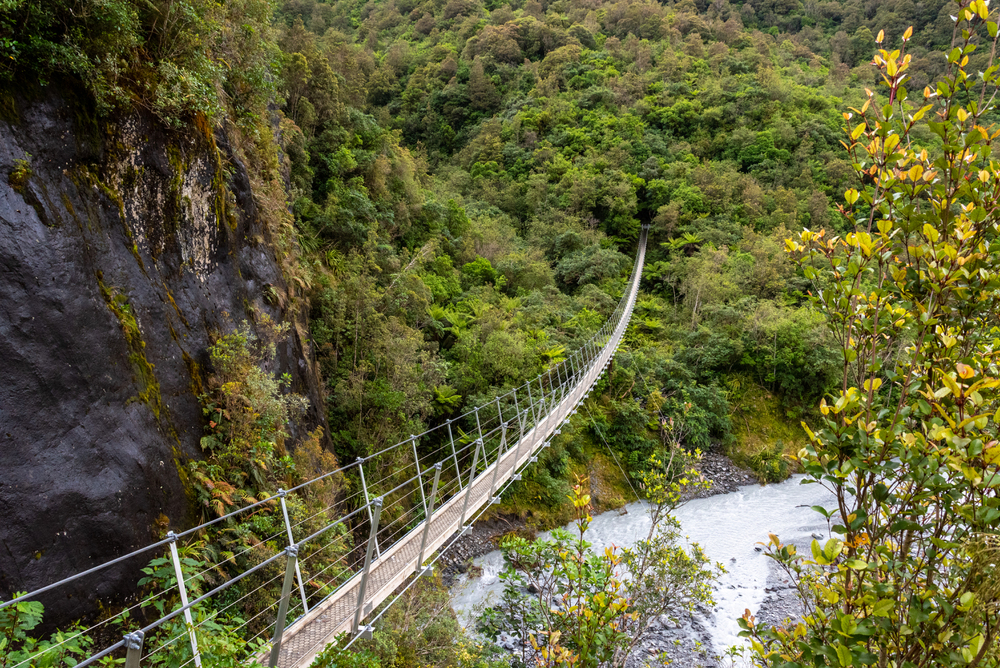
With its natural springs and rainwater systems, New Zealand’s tap water is both clean and delicious, and with abundant natural resources, it’s safe to consume in most areas. The country’s geographic isolation and commitment to environmental protection have kept water sources remarkably pure. New Zealand’s lush landscapes and minimal pollution have led to a reputation for some of the cleanest tap water globally, with abundant natural springs and rain-fed rivers providing high-quality water that undergoes minimal treatment.
The government implements strict regulations on agricultural practices to prevent contamination from pesticides and fertilizers. New Zealand’s focus on sustainability ensures that this pristine water quality will continue for generations to come.
Singapore
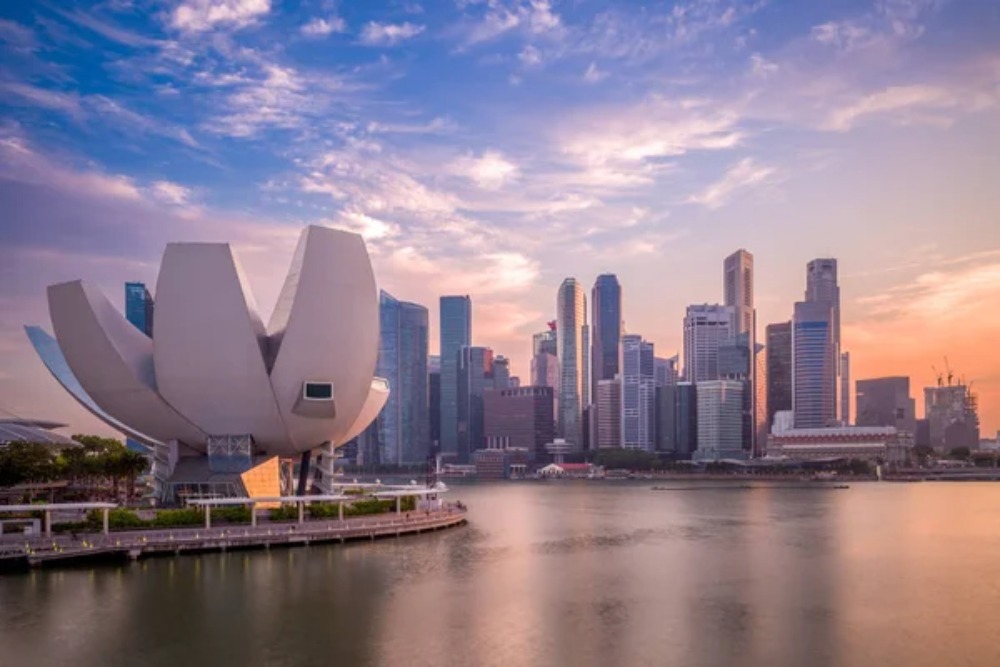
Singapore’s tap water is among the best in the world, subject to rigorous testing and treatment processes. The government ensures that residents and tourists can drink water straight from the tap. This island nation has turned water scarcity into an opportunity for innovation, developing cutting-edge water treatment and recycling technologies.
Singapore’s ‘Four Taps’ strategy includes local catchment water, imported water, recycled water, and desalinated water, all processed to the highest standards. The country’s water quality monitoring is so advanced that they test for over 300 parameters regularly. Singapore proves that even small nations with limited natural water resources can achieve world-class tap water quality through technology and careful management.
Japan
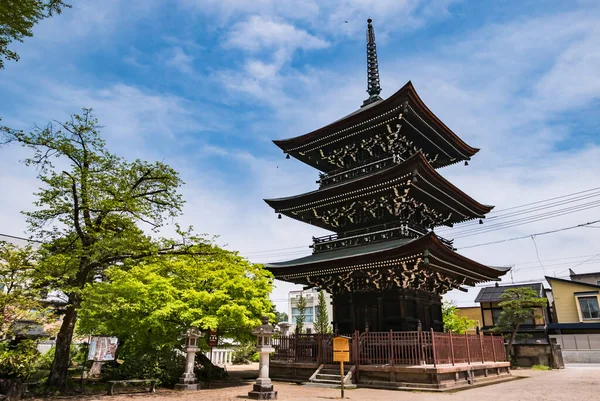
Advanced filtration systems keep Japan’s tap water clean and safe throughout the country. Stringent water regulations ensure tap water is safe to drink, even from public fountains. Japanese water utilities maintain incredibly high standards, with some of the most advanced treatment facilities in the world.
The country’s water infrastructure is designed to handle everything from earthquakes to seasonal variations, ensuring consistent quality year-round. Japanese tap water undergoes multiple treatment stages and extensive testing before reaching consumers. The fact that you can safely drink from public fountains throughout Japan demonstrates the exceptional reliability of their water systems.
Like Travel Pug’s content? Follow us on MSN.
Canada
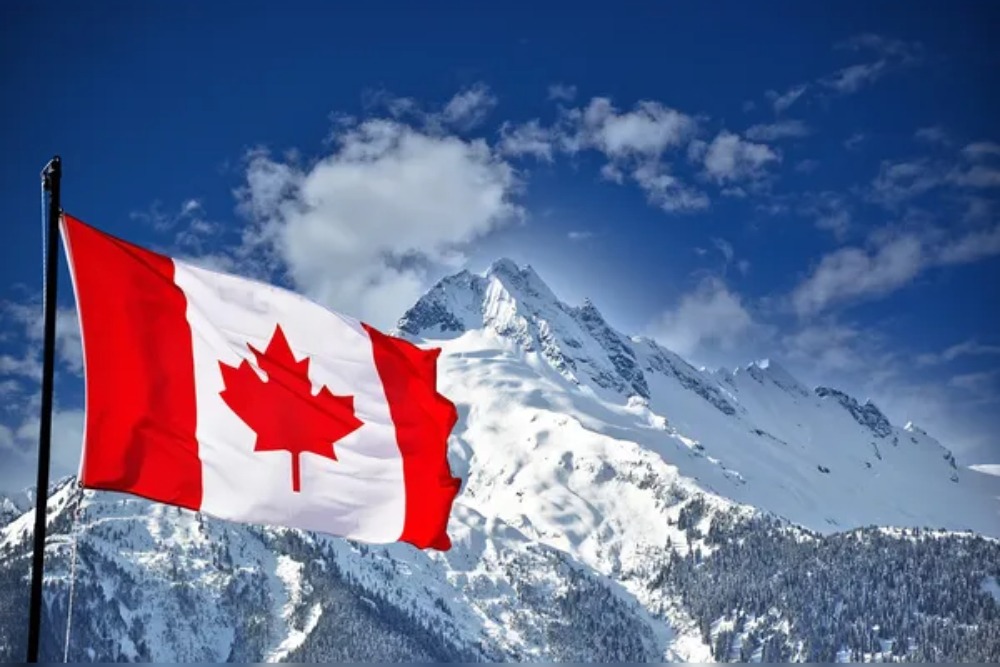
Canada qualifies for quality tap water and leads the way in providing accessible, clean drinking water. With more freshwater than almost any other country, Canada has abundant natural resources to draw from. The country’s vast wilderness areas, countless lakes, and strict environmental protections ensure excellent source water quality.
Canadian water treatment facilities use advanced technologies while maintaining the natural taste that makes their water so appealing. From the Rocky Mountains to the Great Lakes, Canada’s diverse water sources all contribute to a national water system that residents can rely on completely.
Australia
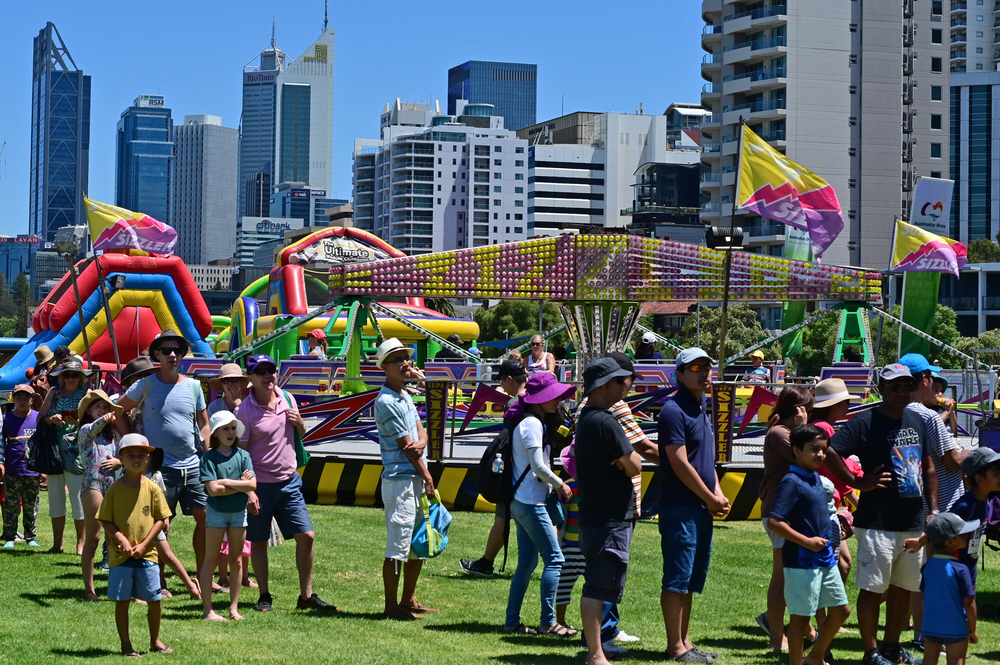
A young nation with plenty of natural resources, Australia has many freshwater sources that it maintains through strict standards, monitoring, and control procedures. Despite facing periodic droughts and water management challenges, Australia has developed robust systems to ensure consistent water quality across its major cities. The country’s water utilities use advanced treatment technologies and maintain extensive monitoring networks to guarantee safety from source to tap.
Australian tap water meets some of the world’s strictest quality guidelines, with regular testing for hundreds of potential contaminants. Whether you’re in Sydney, Melbourne, or Perth, you can trust that the water flowing from your tap is safe and refreshing.
Chile
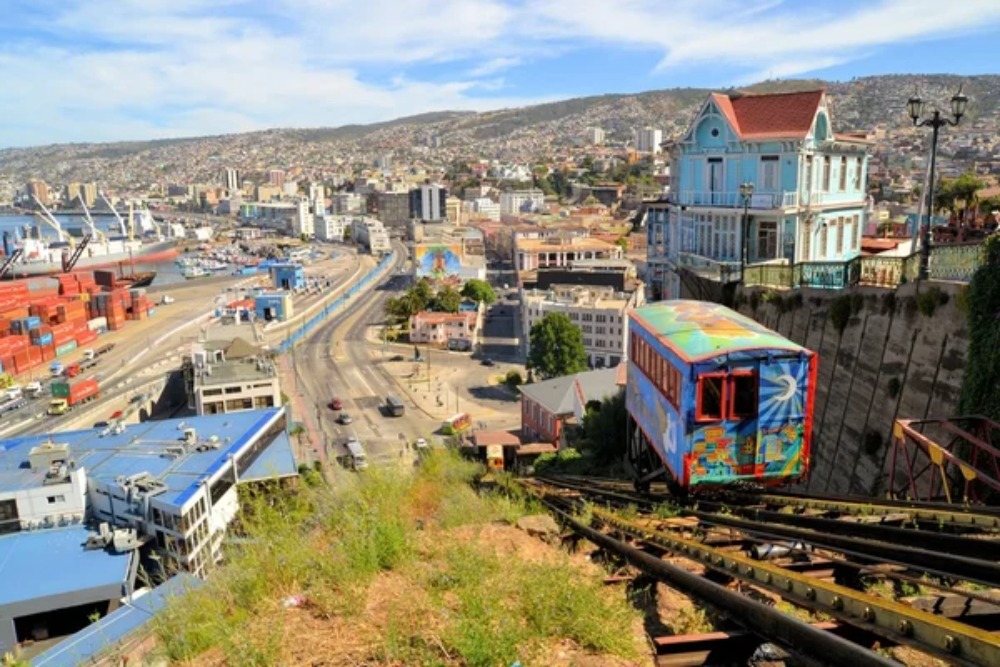
Chile has some of the purest tap water anywhere in the world and qualifies for quality tap water, though it’s almost completely free of bad chemical compounds. The country’s unique geography, stretching along the Pacific coast with the Andes Mountains providing natural filtration, creates ideal conditions for clean water. While locals in Santiago might drink it freely, visitors might want to think twice due to the water’s high natural mineral content that can affect those not accustomed to it.
Chilean water systems benefit from snowmelt from the Andes and strict quality controls in urban areas. The natural mineral content that might surprise visitors is actually a sign of the water’s purity and natural origin, though it’s just very different from what many people are used to drinking.
Like Travel Pug’s content? Follow us on MSN.
A World Where Clean Water Flows Freely
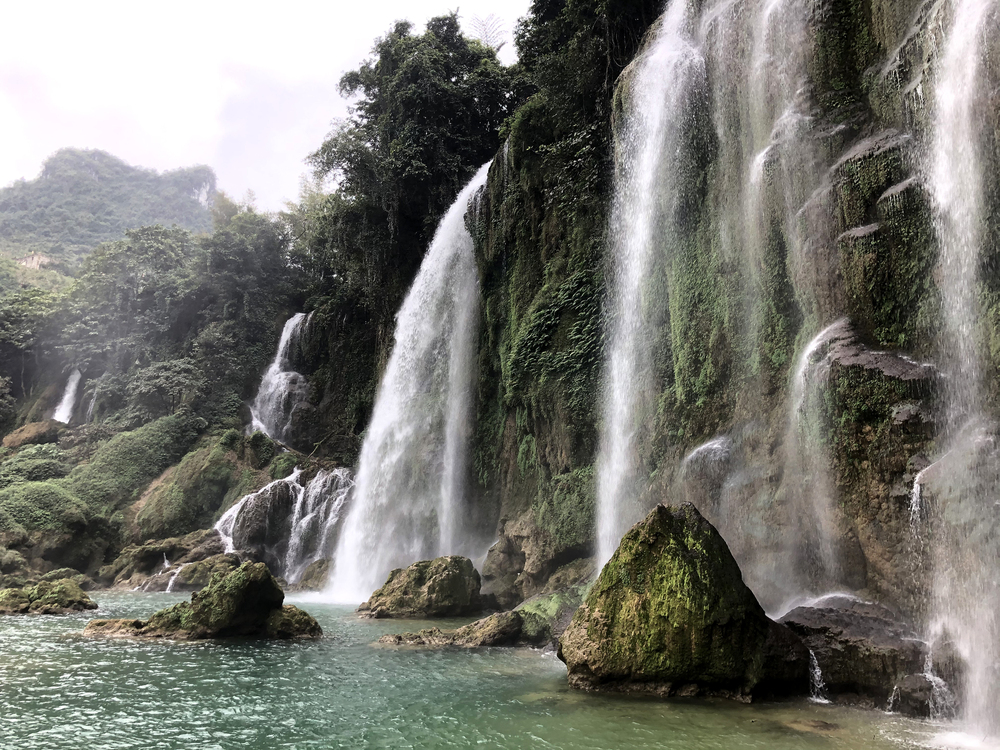
These 17 countries represent what’s possible when governments, communities, and environmental stewardship come together around a common goal. Water quality is arguably the most essential requirement for the survival of not only mankind, but all terrestrial life on Earth. From Switzerland’s pristine Alpine springs to Singapore’s technological innovations, each nation has found its own path to delivering safe, clean water to its citizens.
While approximately two billion people globally do not have access to safely managed drinking water, these countries prove that with the right resources, policies, and commitment, clean tap water isn’t just a dream. It’s an achievable reality that more nations can strive toward.
More from Travel Pug

- 20 Best Beach Towns in the Carolinas
- 13 Destinations Where Tourists Regularly Regret Their Trip
- 20 Things You Actually Get in First Class
- 20 Small Airports With Aviation Museums
- 20 Places in the U.S. That Are Perfect for a Reset Trip
Like Travel Pug’s content? Follow us on MSN.
